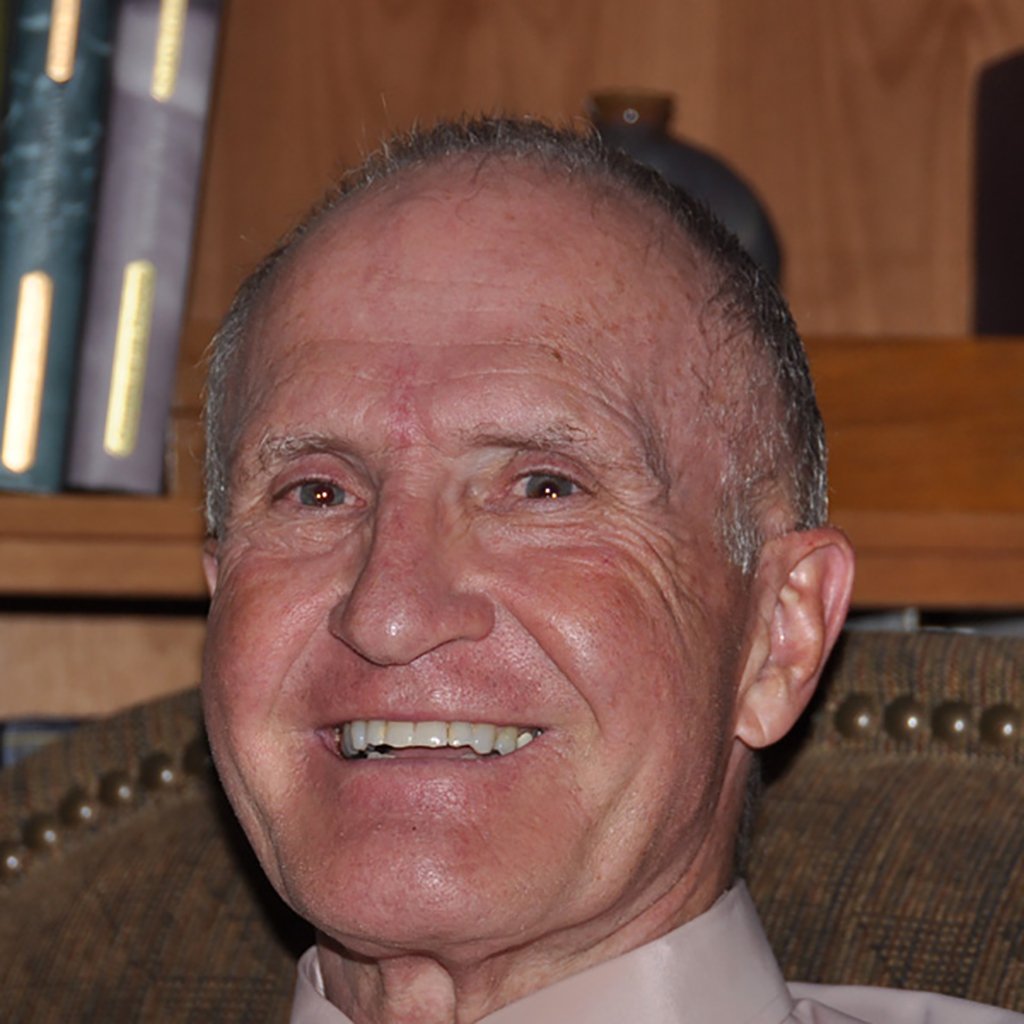Abstract: This article explores what is known regarding the Islamic State’s leaders since the killing of the group’s second caliph Abu Ibrahim al-Hashimi al-Qurashi (conventionally dubbed “al-Mawla” for shorthand) in February 2022. In contrast with the group’s first caliph, Abu Bakr al-Baghdadi, the organization has publicized little information on his successors, who have released no audio messages of their own. Despite the fact that the group’s caliphs are now very much ‘men of the shadows,’ there is little evidence pointing to the prospect of the group’s fragmentation in Iraq, Syria, or elsewhere around the world, with the group’s affiliates seemingly willing to accept successor caliphs about whom little or nothing is publicly known.
On August 3, 2023, the Islamic State’s al-Furqan Media publicized a teaser announcement of a forthcoming speech by one “Abu Hudhayfa al-Ansari,” described as being the spokesman for the Islamic State. Considering that the previous spokesman was one “Abu Omar al-Muhajir” and the group had said nothing until then about his fate, it was predictable that the speech was going to announce that something had befallen its spokesman, and possibly its caliph as well.1 Sure enough, Abu Hudhayfa announced that the previous spokesman had been taken captive, and that the group’s caliph Abu al-Husayn al-Husayni al-Qurashi had been killed. He also announced that a new caliph—Abu Hafs al-Hashimi al-Qurashi—had been appointed in Abu al-Husayn’s place, continuing a line of faceless caliphs. Despite the fact that these caliphs are shrouded in a veil of obscurity, the group insists that its fighters and Muslims around the world declare allegiance to them.
What might now be called the ‘dark age’ of caliphs contrasts markedly with the public face of the group’s first caliph, Abu Bakr al-Baghdadi. When the Islamic State first rose to global prominence in June 2014 with its seizure of territory spanning the borders of Iraq and Syria and the declaration of the caliphate under then leader Abu Bakr al-Baghdadi, there was understandably much interest in the person leading the organization. Indeed, the Islamic State was keen to highlight a public face for its caliph, who had released audio messages prior to being named caliph and continued to do so during his tenure as caliph up to the time of his death in 2019. He also made two visual appearances: Once in a video released in July 2014 showing al-Baghdadi in the al-Nouri mosque in Mosul, and then an appearance in a video released in April 2019 following the end of the group’s territorial control in Iraq and Syria, showing him consulting with figures who were presumably part of the group’s top leadership.2
Moreover, Turki al-Binali, who essentially served as the Islamic State’s leading mufti in running the fatwa-issuing and research department that was created following the declaration of the caliphate, had written a pamphlet entitled “Stretch forth the hands to pledge allegiance to al-Baghdadi,”3 which included some biographical information about the would-be caliph, such as establishing his background in Islamic studies, his work as an imam and preacher in mosques in Iraq, his membership of the Majlis Shura al-Mujahidin (a predecessor group to the Islamic State of Iraq) and his leadership of the Shari‘i committees and judiciary in the Islamic State of Iraq prior to his appointment as leader of the Islamic State of Iraq in 2010.4
Thus, thanks to the high public profile of the Islamic State and its leader, widespread interest in the group and the available variety of sources of information, a fairly detailed picture of al-Baghdadi’s life and career inside the Islamic State emerged, despite some errors that gained prominence early on.a
Following al-Baghdadi’s death in October 2019 in a U.S. raid on his hideout in the area of Barisha in northern Idlib countryside, the group announced the appointment of Abu Ibrahim al-Hashimi al-Qurashi as his successor, a move that was portrayed as being in accordance with al-Baghdadi’s “counsel,” implying that al-Baghdadi had recommended him to be his successor.5 While Abu Ibrahim made no speeches or public appearances during his tenure of around 28 months as caliph and the group has never given its own account of who he was, testimonies that emerged from Islamic State dissidents and defectors and Islamic State leaders in Iraqi detention correctly suggested that he was to be identified with Hajji Abdullah (al-Hajj Abdullah Qardash), who had served as a top deputy of al-Baghdadi and was known to intelligence services tracking the organization.6 As such, like al-Baghdadi, a good deal of information emerged as to who Abu Ibrahim was, including from interrogations while he had previously been in U.S. custody,7 and the identification of him with one “Amir Muhammad Sa ‘id Abd al-Rahman al-Salbi”b was essentially confirmed when President Biden announced that he had been killed in a U.S. raid in February 2022 and the organization then announced his death the following month.8


